The bustling streets and towering skyscrapers of cities are not just human habitats; they are also home to a diverse array of wildlife. From the tiniest insects to the most elusive mammals, these creatures have adapted to the urban environment in fascinating ways. This exploration sheds light on the secret lives of these urban dwellers, revealing how they thrive in the midst of our concrete jungles. It’s a journey into understanding the resilience and adaptability of nature in urban settings. So before you rush to dismiss cities as barren landscapes, let’s take a closer look at the hidden world of urban wildlife.
Contents
Unveiling The Hidden Inhabitants
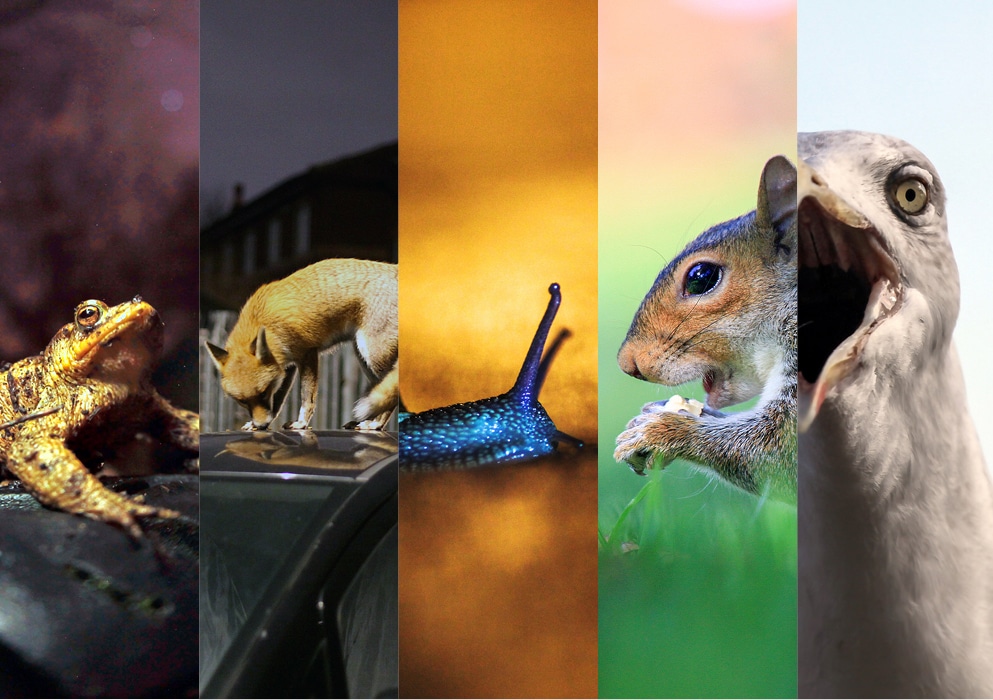
Urban environments, often perceived as domains solely for human activity, are, in fact, bustling ecosystems teeming with wildlife. Birds, raccoons, foxes, and even deer have become common sights in many cities. These animals have not only adapted to urban life but have also learned to exploit the resources available in these settings. Their presence is a testament to the remarkable adaptability of nature as they navigate through traffic, skyscrapers, and human crowds.
The habitats of these urban species vary greatly, ranging from the green spaces of parks to the hidden nooks of buildings. Birds, for instance, often nest in high-rise ledges, while raccoons and foxes may take refuge in abandoned structures or dense vegetation within city limits. These adaptations are crucial for their survival, as they provide shelter, food, and breeding grounds. Understanding where and how these animals live helps you appreciate the complexity of urban ecosystems and the role each species plays.
Daily Routines: A Closer Look
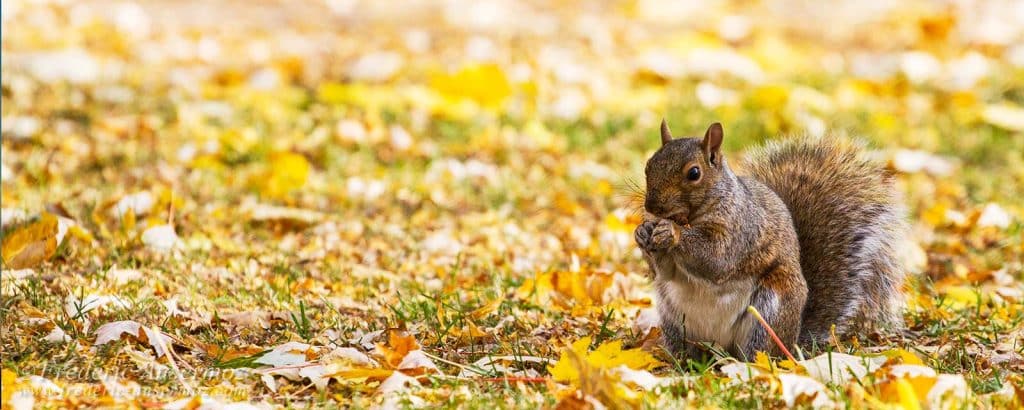
The daily life of urban wildlife is a fascinating display of adaptation and survival. For many species, finding food in the city involves a mix of scavenging and hunting. Birds may feed on insects or food scraps, while mammals like raccoons are known for their ability to forage through garbage. This ability to exploit diverse food sources is key to their survival in urban landscapes, where natural food sources can be scarce.
Shelter and nesting are equally important aspects of their daily routines. Many species have developed unique ways of using urban structures for shelter. Pigeons, for example, often nest on building ledges, while squirrels may build nests in trees or even in attics. The interaction of these animals with humans varies; some maintain a discreet presence, while others, like urban foxes, have become quite bold, often seen wandering streets at night.
The Night Shift: Nocturnal Urban Wildlife
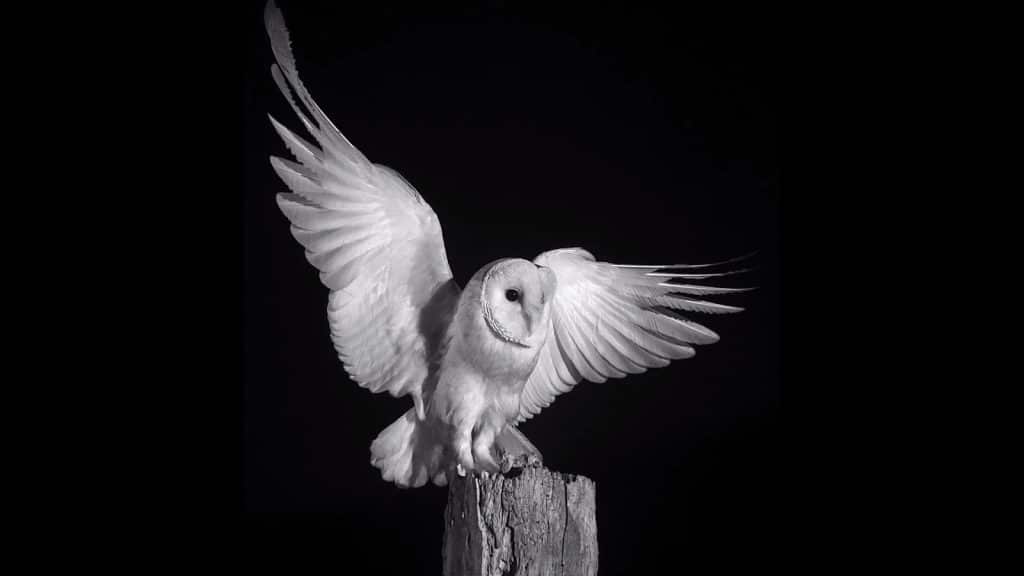
When the sun sets, a different set of urban wildlife emerges. Nocturnal animals like bats and owls take center stage, playing crucial roles in the urban ecosystem. These species have adapted to thrive in the city’s darkness, navigating and hunting under the cover of night. Their presence is often unnoticed by the city’s human inhabitants, yet they are integral to maintaining ecological balance, controlling insect populations, and pollinating plants.
The adaptations of these nocturnal creatures are particularly intriguing. Bats, for instance, rely on echolocation to navigate and find food in the dark urban environment. Owls, with their exceptional night vision and silent flight, are adept at hunting rodents, thus playing a pivotal role in controlling these populations. Their ability to coexist in urban areas, often unseen, highlights the hidden complexity of city ecosystems and the diverse range of habitats these environments can provide.
Seasonal Changes And Urban Wildlife
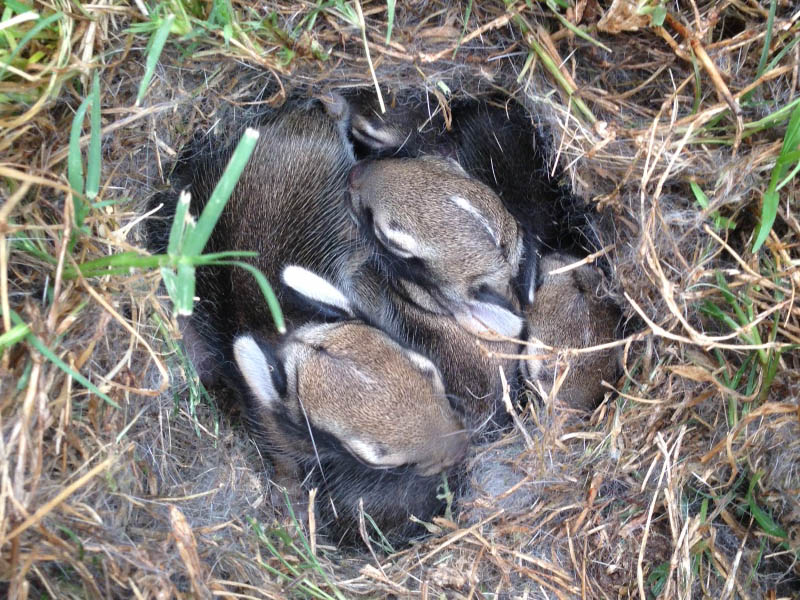
The changing seasons bring about significant shifts in the behavior and lifestyles of urban wildlife. In spring and summer, many species are busy with mating and raising their young, utilizing the abundance of food and warmer temperatures. Birds are seen building nests and feeding chicks, while mammals like squirrels and foxes are more active in foraging and caring for their offspring. The abundance of natural food sources during these seasons plays a crucial role in the survival and growth of young animals.
Conversely, autumn and winter present a different set of challenges. Food becomes scarce, and many animals must rely on their ability to adapt to survive the colder months. Some, like certain bird species, migrate to warmer climates, while others, such as squirrels, gather and store food for the winter. Hibernation is another strategy employed by some urban wildlife, like bats, to conserve energy during the cold season. The impact of human activities, such as feeding wildlife or changes in landscaping, can significantly influence these seasonal behaviors.
Challenges Faced By Urban Wildlife
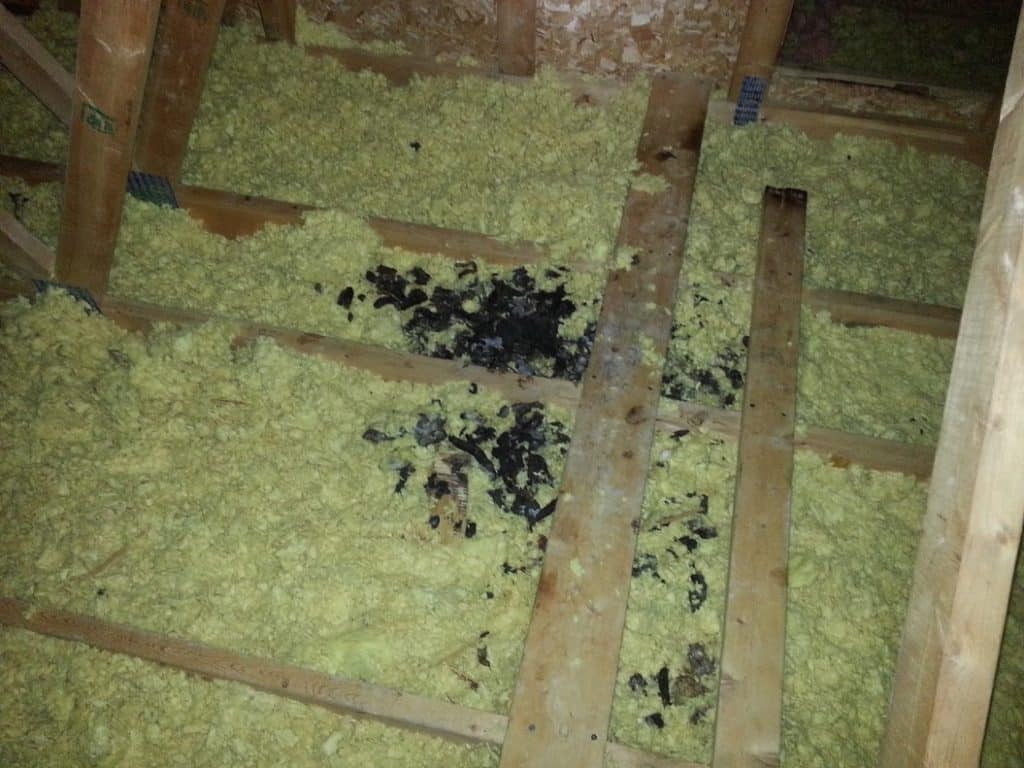
Urban wildlife faces a myriad of challenges, with human-wildlife conflict being a prominent issue. Instances of property damage, road accidents involving animals, and the spread of diseases are common concerns. These conflicts often arise from the close proximity in which humans and wildlife coexist in urban areas. Additionally, the presence of wildlife in urban settings can sometimes lead to public safety concerns, necessitating careful management and education to mitigate risks.
Other significant challenges include pollution and habitat loss. The continuous expansion of urban areas often destroys natural habitats, forcing wildlife into smaller, fragmented spaces. Pollution, including air, water, and noise pollution, further impacts the health and well-being of these animals. Despite these challenges, conservation efforts are underway in many cities, aiming to create a more harmonious coexistence between humans and urban wildlife. These efforts include creating wildlife corridors, preserving green spaces, and implementing policies to protect urban animal populations.
Coexisting With Your Wild Neighbors
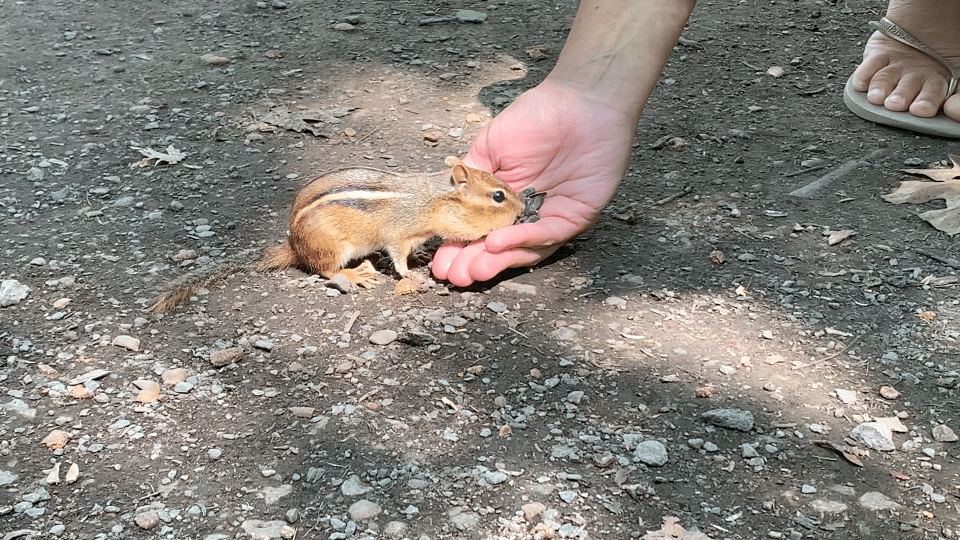
The management of urban wildlife requires a balanced approach that considers the needs of both humans and animals. Strategies such as creating green spaces, wildlife corridors, and enforcing regulations on garbage disposal can significantly reduce human-wildlife conflicts. Educating the public about the importance of urban wildlife and how to safely coexist with these animals is also crucial. This includes understanding the dangers of feeding wildlife, which can lead to dependency and increased conflict.
Individual actions play a vital role in supporting urban wildlife. Simple measures like planting native species in gardens, providing bird feeders, and using wildlife-friendly building materials can make a significant difference. Community-driven projects, such as local wildlife monitoring and habitat restoration, also contribute to the well-being of urban wildlife populations. These collective efforts help ensure that cities remain vibrant ecosystems where humans and wildlife can thrive together.
Innovative Solutions For Urban Wildlife Sustainability
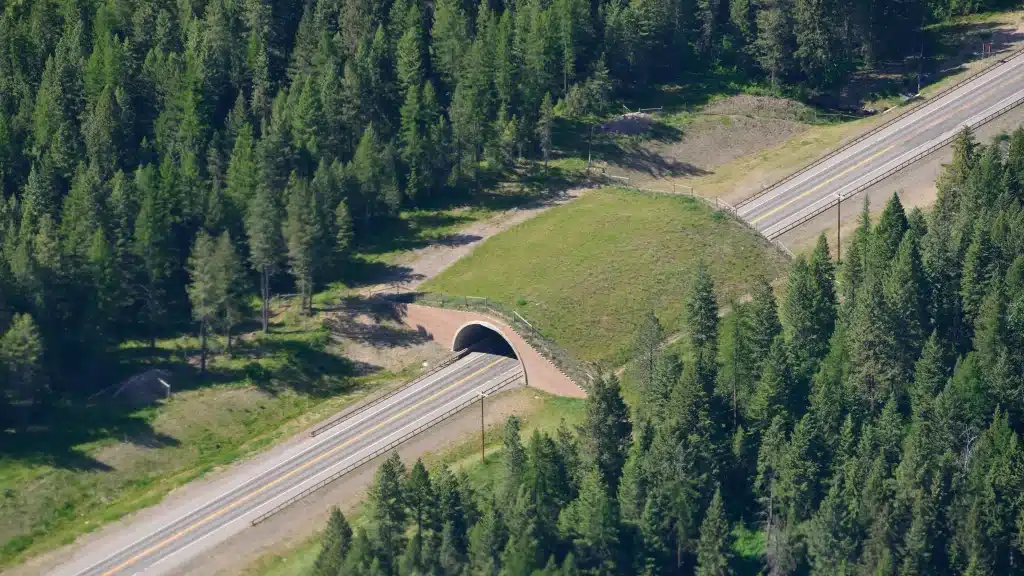
As cities continue to grow, innovative solutions are essential for the sustainability of urban wildlife populations. Cutting-edge projects, such as the installation of green roofs and the creation of wildlife corridors, are gaining traction. These initiatives not only provide habitats for wildlife but also contribute to the ecological health of urban areas. Technology, too, plays a crucial role, with advancements in tracking devices and wildlife cameras providing valuable insights into the behavior and needs of urban animals.
Community involvement is key to the success of these initiatives. Citizen science projects, where residents participate in monitoring and reporting wildlife sightings, help gather crucial data for conservation efforts. Educational programs in schools and communities raise awareness about the importance of urban biodiversity and encourage a culture of respect and protection for wildlife. By combining technology, community action, and innovative urban planning, cities can become havens for diverse wildlife populations, ensuring a sustainable future for both humans and animals.
Learn To Coexist With Your Urban Wildlife Companions
The secret life of urban wildlife is a remarkable testament to nature’s adaptability and resilience. As city dwellers, it’s crucial to recognize your role in shaping these ecosystems. By understanding and respecting the needs of your wild neighbors, you can contribute to a harmonious coexistence. So take action by supporting local conservation efforts, making wildlife-friendly choices in your daily life, and fostering a sense of stewardship for the natural world that thrives in your urban landscape. In doing so, you can ensure a sustainable future for both humans and wildlife in your city.